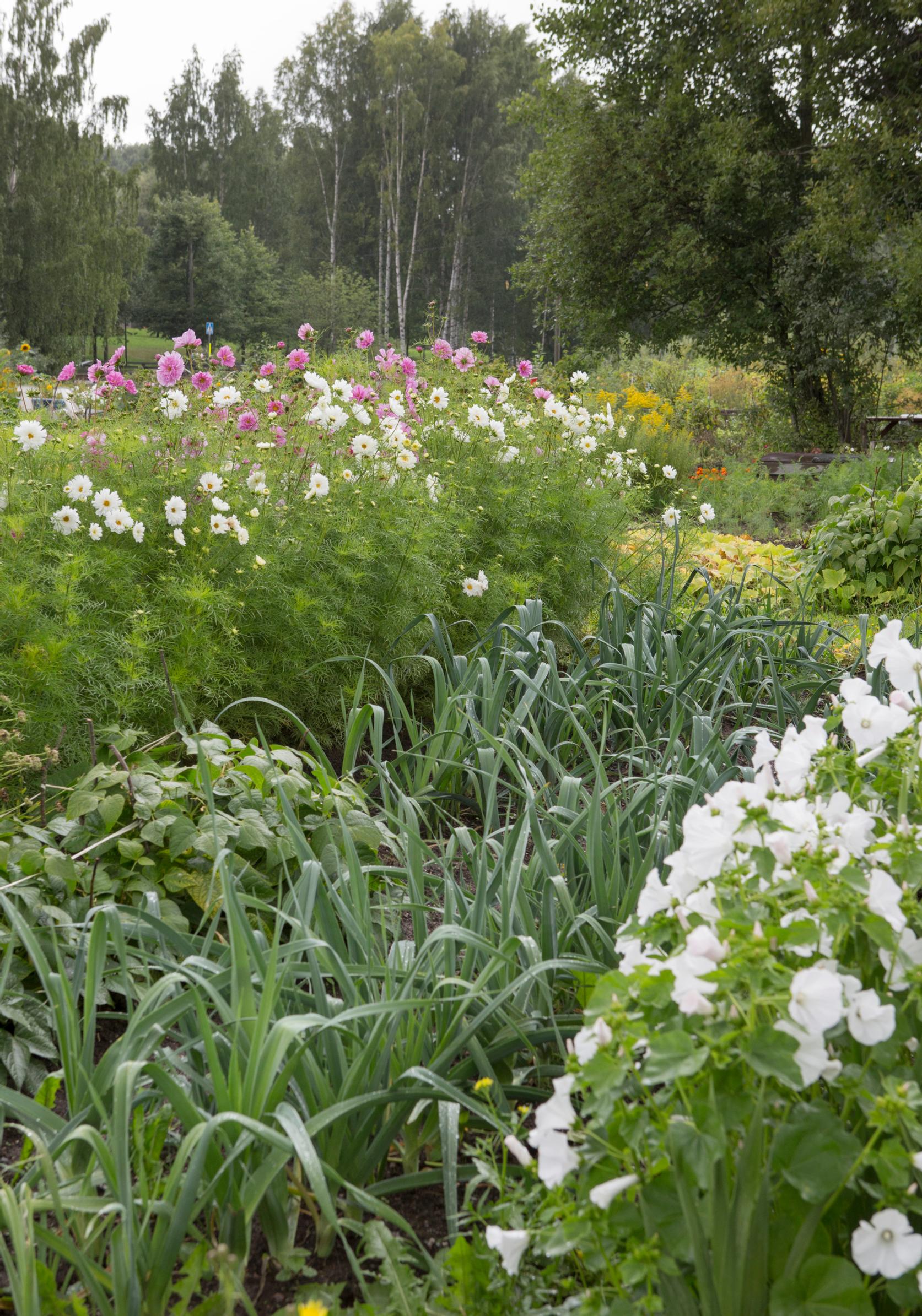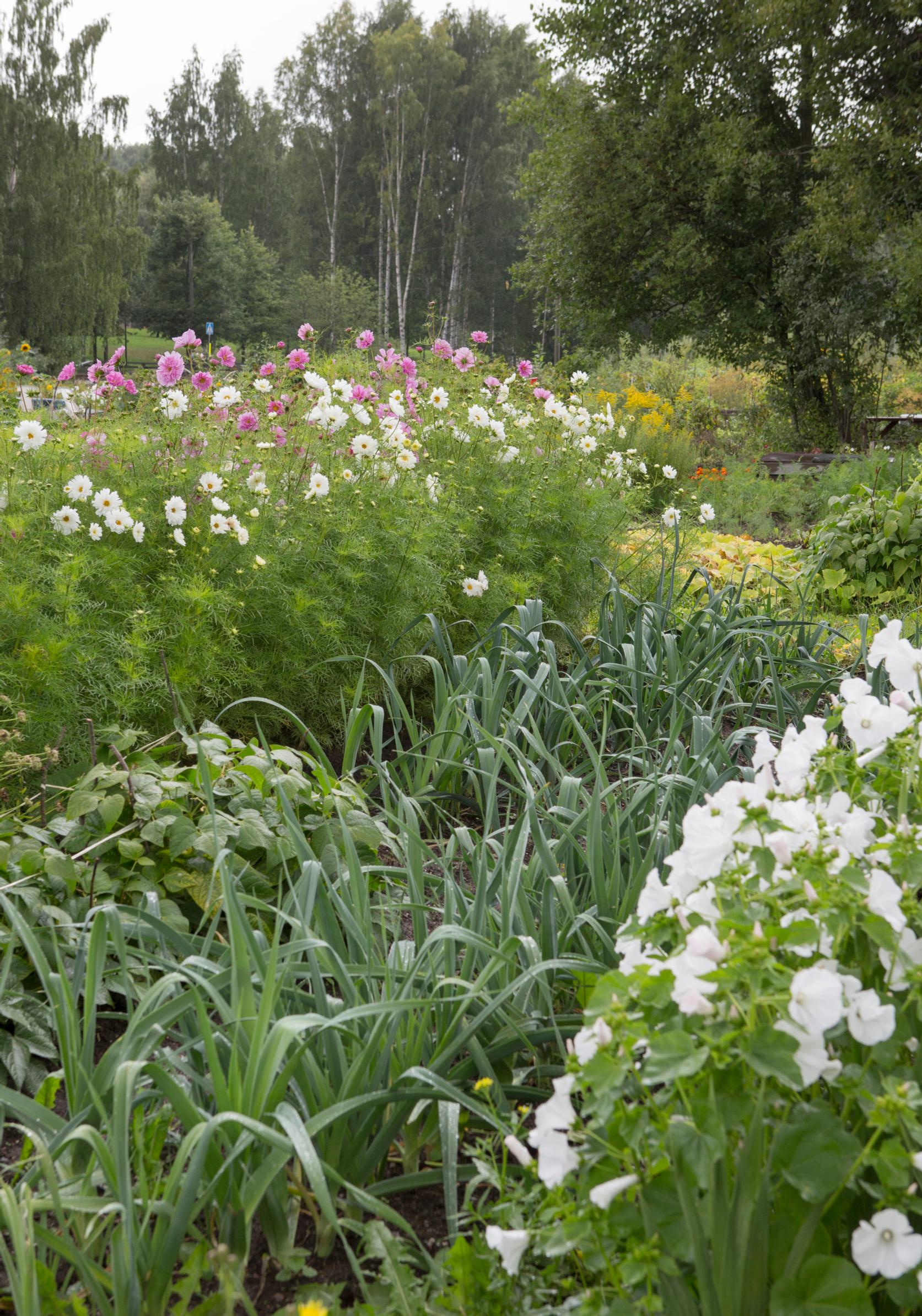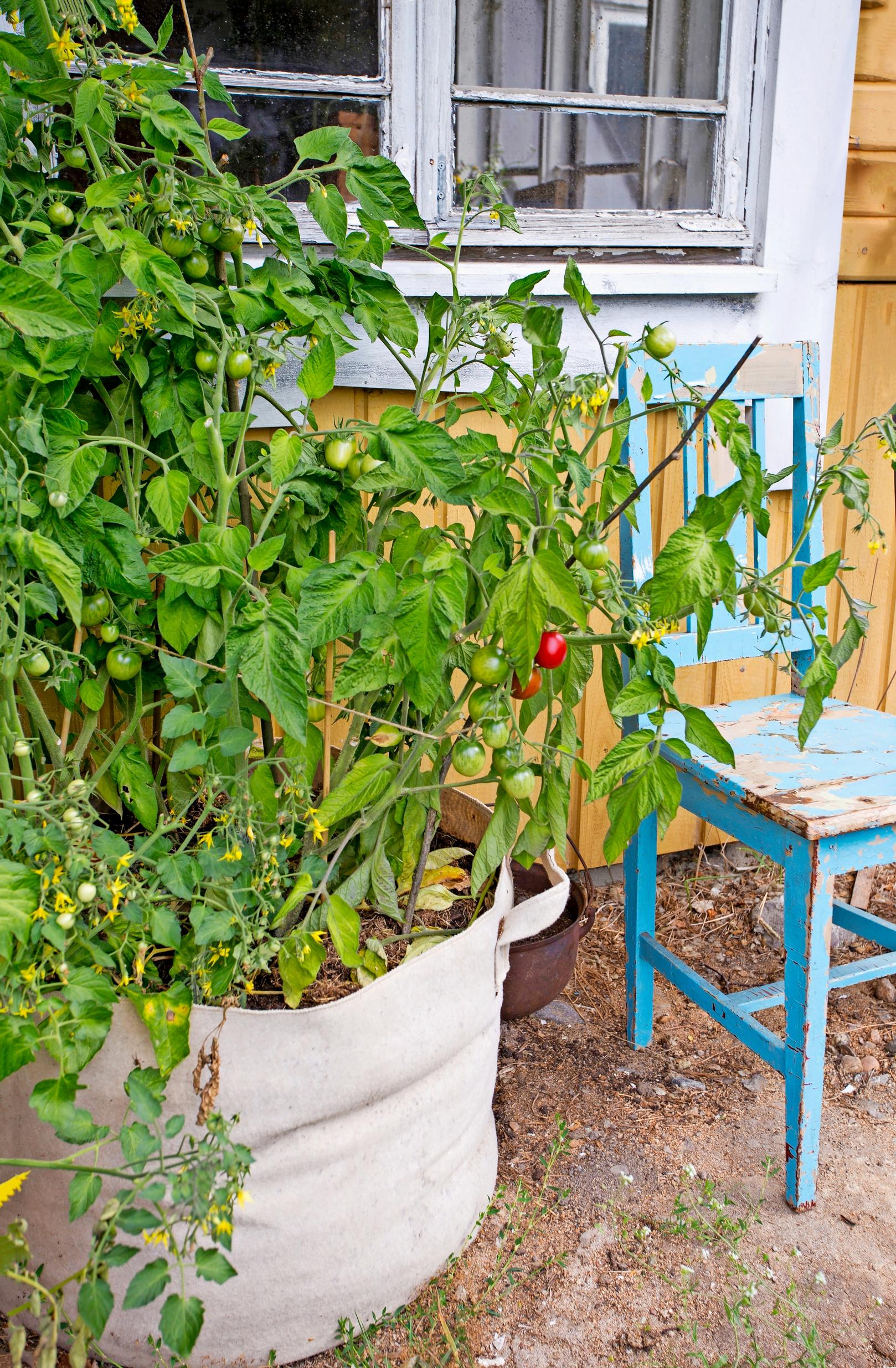

Mycorrhiza: the secret to thriving plants (but is it always worth it?)
We asked Dr. Mauritz Vestberg, a PhD in agriculture and forestry, about the benefits of mycorrhiza and how to strengthen fungal root symbiosis in a home garden.
1. What is mycorrhiza, and how does it help?
Mycorrhiza (often called fungal root) forms when a plant’s roots partner with a fungus. In this arrangement, fungal filaments grow around and partly inside the roots. The most common type found in cultivated plants is arbuscular mycorrhiza, which can form a symbiotic relationship with most edible plants. This partnership improves a plant’s health and simplifies care. It increases the plant’s uptake of nutrients—especially phosphorus—and water. Mycorrhizal filaments also help maintain a good crumb structure in the soil, working together with bacteria.
2. How can you promote a mycorrhizal symbiosis in a vegetable patch?
Mycorrhizal fungi need host plants to stay vigorous. For example, strawberries and many other berry plants readily form a symbiotic relationship and effectively maintain communities of arbuscular fungi. Crop rotation—changing where you grow annual crops each year—and a diverse range of plant varieties both help preserve and boost mycorrhizal communities in a vegetable patch.
A few plants, such as beetroot, brassicas, spinach, and lupine, do not form mycorrhizal roots. Growing them exclusively over long periods weakens the fungal roots.
Tilling and rototilling disrupt the networks formed by fungal roots.

3. Nowadays, there is a growing trend towards no-dig gardening. Does it affect mycorrhiza?
Avoiding turning the soil and using organic mulch help mycorrhizal formation. Conversely, tilling and rototilling disrupt the networks formed by mycorrhiza. As a result, perennial plantings managed organically often enjoy especially effective mycorrhizal symbiosis.
4. Does the fertilization method matter?
Organic, slow-release fertilizers are better than mineral fertilizers because they release nutrients gradually. Compost and other organic matter also improve soil structure and increase humus.
5. Should you use store-bought mycorrhiza products?
Research shows that these products can be helpful in areas where mycorrhizal symbiosis doesn’t develop naturally. This is common in southern Europe and Africa, but less so in Finland. Here, they might be useful in greenhouse substrates with plenty of peat that lack mycorrhizal fungi. When using these products, keep phosphorus fertilization low—otherwise, there’s no advantage, and the fungus can even turn parasitic. The product label tells you which mycorrhiza strains suit which plants.

6. How do I choose the right mycorrhiza product?
Read the product label to make sure it’s compatible with your plants. A product containing arbuscular fungi won’t help species that need a different fungal root. For instance, highbush blueberry only forms symbiosis with an ericoid mycorrhiza.


